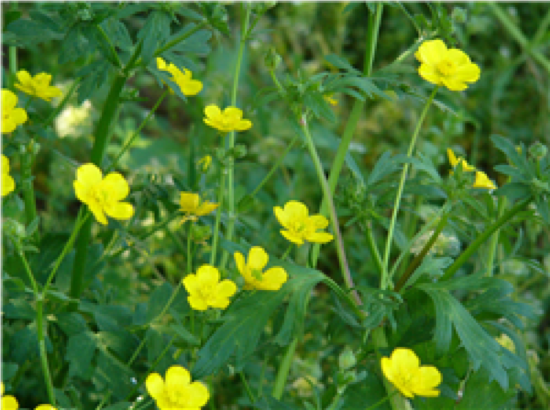Buttercup Control
go.ncsu.edu/readext?596420
en Español / em Português
El inglés es el idioma de control de esta página. En la medida en que haya algún conflicto entre la traducción al inglés y la traducción, el inglés prevalece.
Al hacer clic en el enlace de traducción se activa un servicio de traducción gratuito para convertir la página al español. Al igual que con cualquier traducción por Internet, la conversión no es sensible al contexto y puede que no traduzca el texto en su significado original. NC State Extension no garantiza la exactitud del texto traducido. Por favor, tenga en cuenta que algunas aplicaciones y/o servicios pueden no funcionar como se espera cuando se traducen.
Português
Inglês é o idioma de controle desta página. Na medida que haja algum conflito entre o texto original em Inglês e a tradução, o Inglês prevalece.
Ao clicar no link de tradução, um serviço gratuito de tradução será ativado para converter a página para o Português. Como em qualquer tradução pela internet, a conversão não é sensivel ao contexto e pode não ocorrer a tradução para o significado orginal. O serviço de Extensão da Carolina do Norte (NC State Extension) não garante a exatidão do texto traduzido. Por favor, observe que algumas funções ou serviços podem não funcionar como esperado após a tradução.
English
English is the controlling language of this page. To the extent there is any conflict between the English text and the translation, English controls.
Clicking on the translation link activates a free translation service to convert the page to Spanish. As with any Internet translation, the conversion is not context-sensitive and may not translate the text to its original meaning. NC State Extension does not guarantee the accuracy of the translated text. Please note that some applications and/or services may not function as expected when translated.
Collapse ▲It is that time of year again. In the next couple of weeks, that familiar golden blanket will engulf many pastures across Macon County. Although it may be beautiful from a distance or to the untrained eye, to the farmer this plant is public enemy number one in the spring. Buttercup has been the angst of livestock producers for many years. The plant itself is toxic to livestock, and it consumes valuable nutrients and space in our pastures.
Buttercup is a winter annual. Seed germination begins in the fall, usually late October or early November and the plants really begin to grow when warmer weather arrives. April is generally when buttercup will bloom here in Macon County.
Proper timing is essential to controlling buttercup and time is running out for 2019. If you wait until the plants bloom, you can guarantee that you will have an infestation the following year. Buttercup can be controlled with products containing 2,4-D herbicide. This product can be applied in late fall after germination when the plants are small, and if not applied in the fall, it should be applied prior to blooming in the spring. The key for applying 2,4-D in late fall and early spring is to have at least three consecutive days of temperatures above 55 degrees. Products containing 2,4-D will also control other broadleaf plant species.

Buttercups
Always read the label and follow label instructions when applying pesticides. If you need assistance with label directions or choosing the proper herbicide please don’t hesitate to call the office for help.




